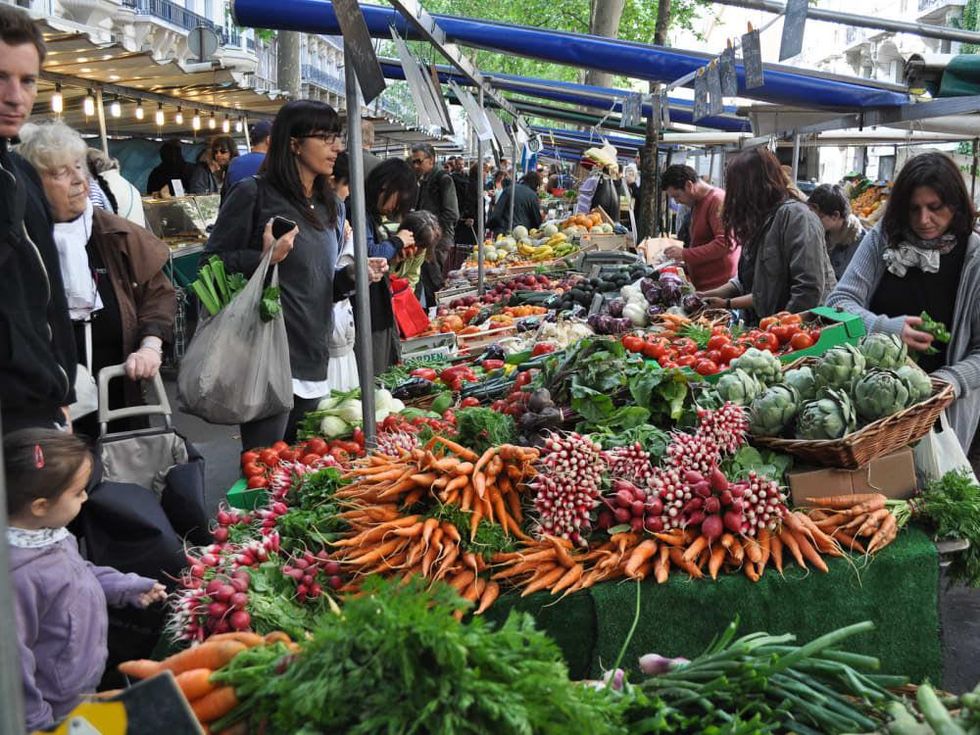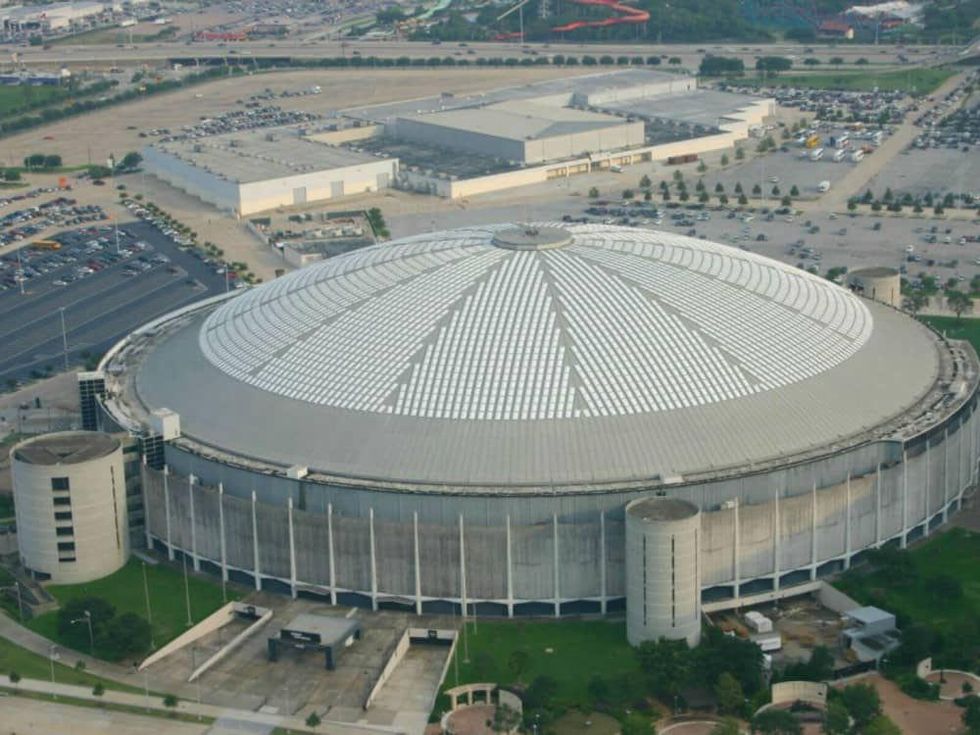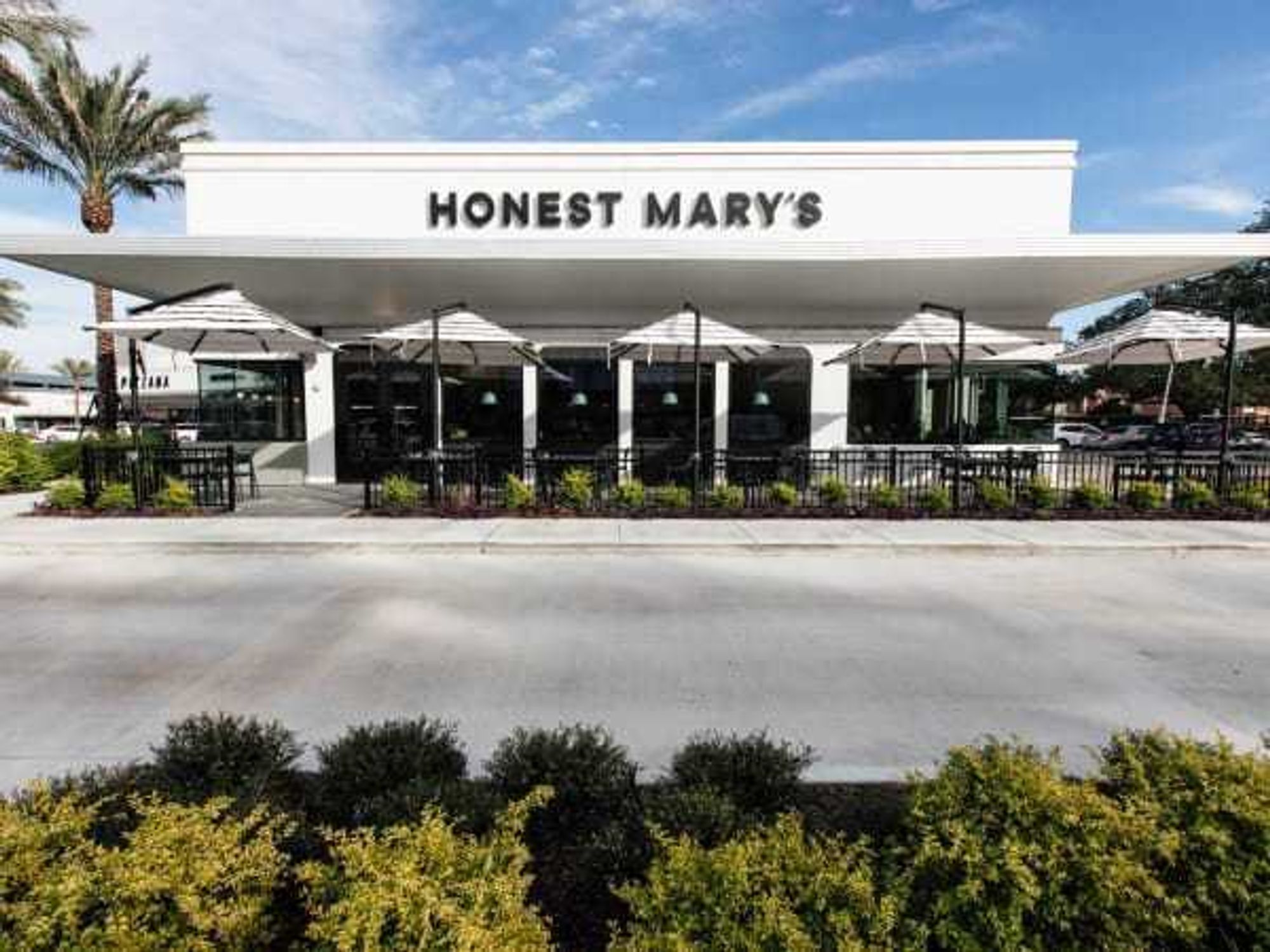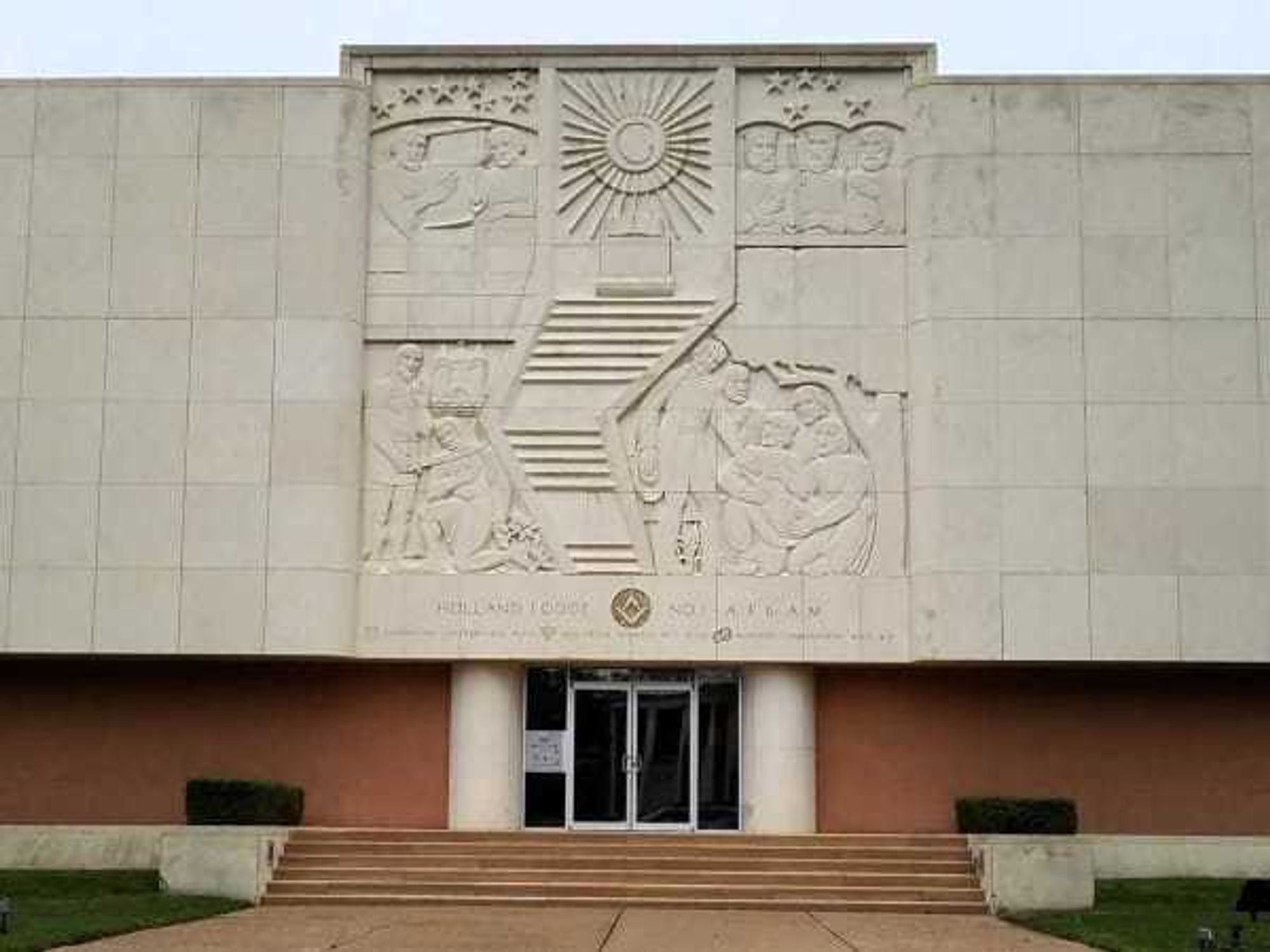Bold New Astrodome Plan
Bold new Astrodome plan: A mega farmers market with a high-tech twist would blossom into real revenue
In light of Harris County Judge Ed Emmett’s most recent proposal for saving the Astrodome, the question arises: Why have so many of the proposed solutions for the future of the Astrodome failed, from demolition to remodeling, to a plethora of suggestions?
Fans have suggested everything from a parking garage, to green park space, to a mini dome plaza and beyond. An examination of these various proposals reveals that they are either impractical, too costly, or both.
Emmett’s proposal for creating the world’s largest indoor park is heading in the right direction. However, this idea might not attract enough visitors to become an economically viable solution.
How do we arrive at a practical solution? First we have to start with a set of goals and objectives for the Astrodome.
1) Create a place that holds appeal for all citizens of the Houston Metropolitan Area including the surrounding 13 counties.
2) Develop a plan that will serve a good purpose as well as attract and welcome citizens from all incomes and cultures.
3) Develop a plan that will have minimal effect on taxpayers’ pocketbooks.
4) Develop a plan that will generate enough income to pay for the maintenance and daily operations of the Dome.
5) Create a solution that will have the least impact on the existing dome.
Most major cities in the world have large, daily open-air markets: Paris, Barcelona, Vancouver, Bangkok, etc. Why not Houston with its booming economy and nearby farmland coupled with growing interest in urban agriculture and farmers markets? I recommend the creation of a farmers market on the floor of the Dome with the stepped seating area used for hydroponic farming and aquaponic plant and fish production.
It's a suggestion that could work in tandem with Emmett's park idea. The concourses located behind the stadium area would serve to hold fish tanks to supply the nutrients required for the aquaponic production.
Pulling out the calculator, let’s do the math on this proposal. Taking into consideration its vast size, the central field of the Dome and the entrance level, which combine for a total of 322,000 sq.ft., could conceivably accommodate 1,000 stalls at 10’x10’ for vegetable farmers, cheese producers, flower vendors, bakers and more. Even with 1,000 stalls, there would remain room for wide generous walking paths as well as truck service lanes.
In addition, the upper level concourse could house classrooms for promoting farming in urban environments, home food preservation, nutrition, healthy living classes, etc.
The bottom line
The Rice University Farmers Market charges $20 per stall per day while the Westchase District Farmers Market has a $40 annual fee along with a charge of $25 per stall per day. If we assume an Astrodome farmers market is open at least three days per week and with that goal of 1,000 stalls at $20 per day operating 40 weeks per year, gross income could reach as high as $2.4 million annually.
Additional income could be realized from renting the space that benefits from natural light for hydroponic/ aquaponic agriculture. If this area of say 300,000 sq.ft. is rented at 50 cents per sq.ft. per month, it could generate $1.8 million in gross income per year. Aquaponic systems incorporate fish farming which supplies not only fish for consumption but also the nutrients for the plants to grow. There is approximately 115,000 sq.ft. of space that could be used to house such tanks, at 50 cents per sq.ft. per month, it could bring in around $690,000 in gross income per year.
If we assume an Astrodome farmers market is open at least three days per week operating 40 weeks per year, gross income could reach as high as $2.4 million annually.
Producers would build their own infrastructure to propagate their crops. It is a sustainable proposition as aquaponic systems require 90 percent less water than open field farming.
Levels B1, B2, and B3 of the Astrodome could be used for storage, mechanical equipment. Additional income could be obtained by renting storage space and from parking revenue.
An additional 115,000 sq.ft. of available space could be used to headquarter offices for stakeholders, lectures, training and seminar spaces. These offerings could include a wide range of activities from lectures about urban farming to exercise classes. The space if completely rented out for $1.00 per sq.ft. per month could gross approximately $1.15 million annually.
Stop the destruction
It is advisable that no further demolition of Dome elements be pursued before a final decision is made regarding its future use. The Dome could have natural ventilation, with the prospect of using fans at the top to pull out the hot air. All bathrooms, and automobile ramps should remain.
The key to the success of this proposal requires a creative organization management team that can coordinate a wide variety of activities and uses.
If the concept is approved by the appropriate authorities and stakeholders, the next step is to put together a team of experts — possibily from the University of Houston taking advantage of the talent in architecture, engineering, business, law, and Hilton College of Hotel and Restaurant Management, along with a team of experts from the Texas A&M College of Agriculture, as well as representation from farmers’ organizations. This multi-disciplinary team could put together a proposal to the U.S. Department of Agriculture for a major grant to further study the specifics and feasibility of the project.
This pioneer study could be applied to many of the vacated large structures nationwide (particularly abandoned industrial warehouses) and other vacated public facilities such as our Astrodome.
As principal of SIR Inc. Architects & Planners, Shafik Rifaat is a professor of architecture at the University of Houston. He holds master's degrees in architecture from MIT and city planning from Harvard.
A mega-farmers market with hydroponic and aquaponic food production could be the Astrodome solution. Here, the Boulevard Raspail farmers market in Paris.




 The building at 4911 will be torn down for the new greenspace. Holland Lodge No. 1, A.F. & A.M./Facebook
The building at 4911 will be torn down for the new greenspace. Holland Lodge No. 1, A.F. & A.M./Facebook